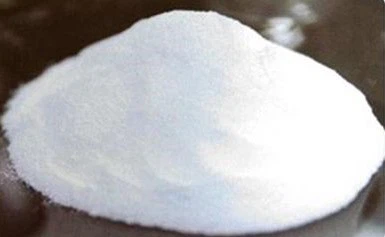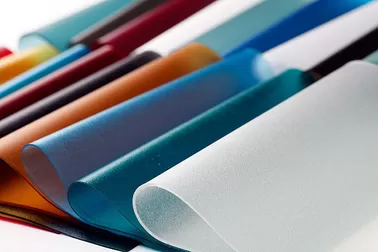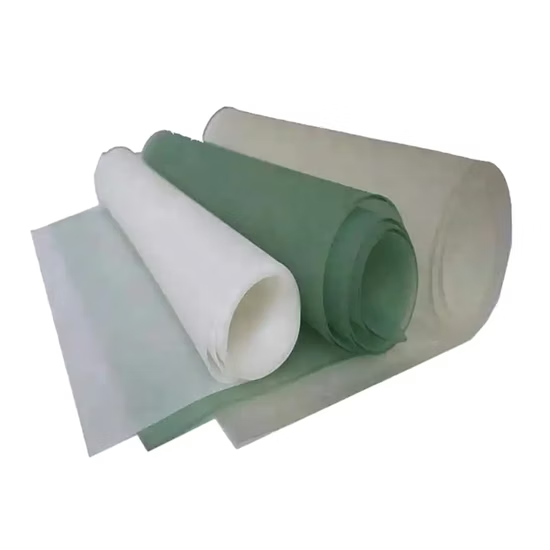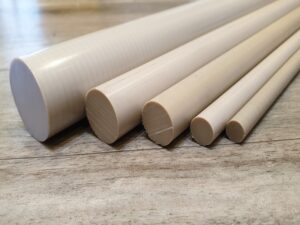Description
Title: Polyvinylbutyral (PVB): A Versatile Resin with Wide-Ranging Applications
Introduction
Polyvinylbutyral (PVB) is a versatile resin that has gained significant attention in the field of materials science due to its unique properties and wide-ranging applications. This thermoplastic resin is a polymer of vinyl butyral and is commonly used as an interlayer in laminated safety glass, such as that found in car windshields and architectural glass. However, PVB’s potential extends far beyond this application, with ongoing research and development uncovering new uses for this remarkable material.
Chemical Properties and Manufacturing Process
PVB is produced through the reaction of polyvinyl alcohol (PVA) with butyraldehyde in the presence of a catalyst, typically a strong acid such as hydrochloric or sulfuric acid. The resulting product is a viscous liquid that can be further processed into films, sheets, or powders, depending on the desired application. PVB is characterized by its excellent adhesion to a variety of substrates, high tensile strength, and excellent optical clarity, making it an ideal candidate for use in various industries.
Applications in the Glass Industry
The most well-known application of PVB is in the production of laminated safety glass. In this process, a thin layer of PVB is sandwiched between two or more sheets of glass, which are then heat-treated to create a strong, cohesive bond. This laminated glass is shatter-resistant, providing an added layer of safety in the event of breakage. Furthermore, PVB interlayers can also improve the sound insulation and UV protection properties of glass, making them an attractive option for architectural and automotive applications.
Beyond safety glass, PVB is also used in the production of other glass-based products, such as touchscreen displays and photovoltaic modules. In touchscreen applications, PVB films can be used as a protective layer, offering improved scratch resistance and durability compared to traditional glass-only designs. For photovoltaic modules, PVB serves as an encapsulant, helping to protect the delicate solar cells from environmental factors while maintaining high transparency for optimal energy conversion.
Applications in the Coating Industry
PVB’s excellent adhesion properties make it an ideal candidate for use in various coating applications. In the automotive industry, PVB-based coatings can be used to provide a durable, chip-resistant finish for painted surfaces. Additionally, PVB coatings can be used in the production of wood-based products, such as flooring and furniture, to improve moisture resistance and overall durability.
In the electronics industry, PVB-based coatings are used to encapsulate and protect sensitive components from environmental factors, such as humidity and dust. These coatings can also serve as a dielectric material, providing electrical insulation between components.
Emerging Applications
The unique properties of PVB have led to the exploration of new applications in various fields. In the field of biomedicine, PVB has been studied for its potential use in drug delivery systems, tissue engineering, and medical adhesives. PVB’s biocompatibility, coupled with its ability to form films and hydrogels, makes it an attractive material for these applications.
In the energy sector, PVB is being investigated for its use in the production of flexible solar cells, as its flexibility and transparency make it an ideal candidate for use in lightweight, portable power generation systems. Furthermore, PVB’s adhesive properties make it a potential candidate for use in the bonding of various energy storage components, such as batteries and supercapacitors.
Conclusion
Polyvinylbutyral (PVB) is a versatile resin with a wide range of applications, from laminated safety glass to biomedical devices. Its unique combination of properties, including excellent adhesion, high tensile strength, and optical clarity, make it an attractive material for various industries. As research and development continue, it is likely that new uses for PVB will emerge, further solidifying its position as a valuable material in the world of materials science.










Reviews
There are no reviews yet.